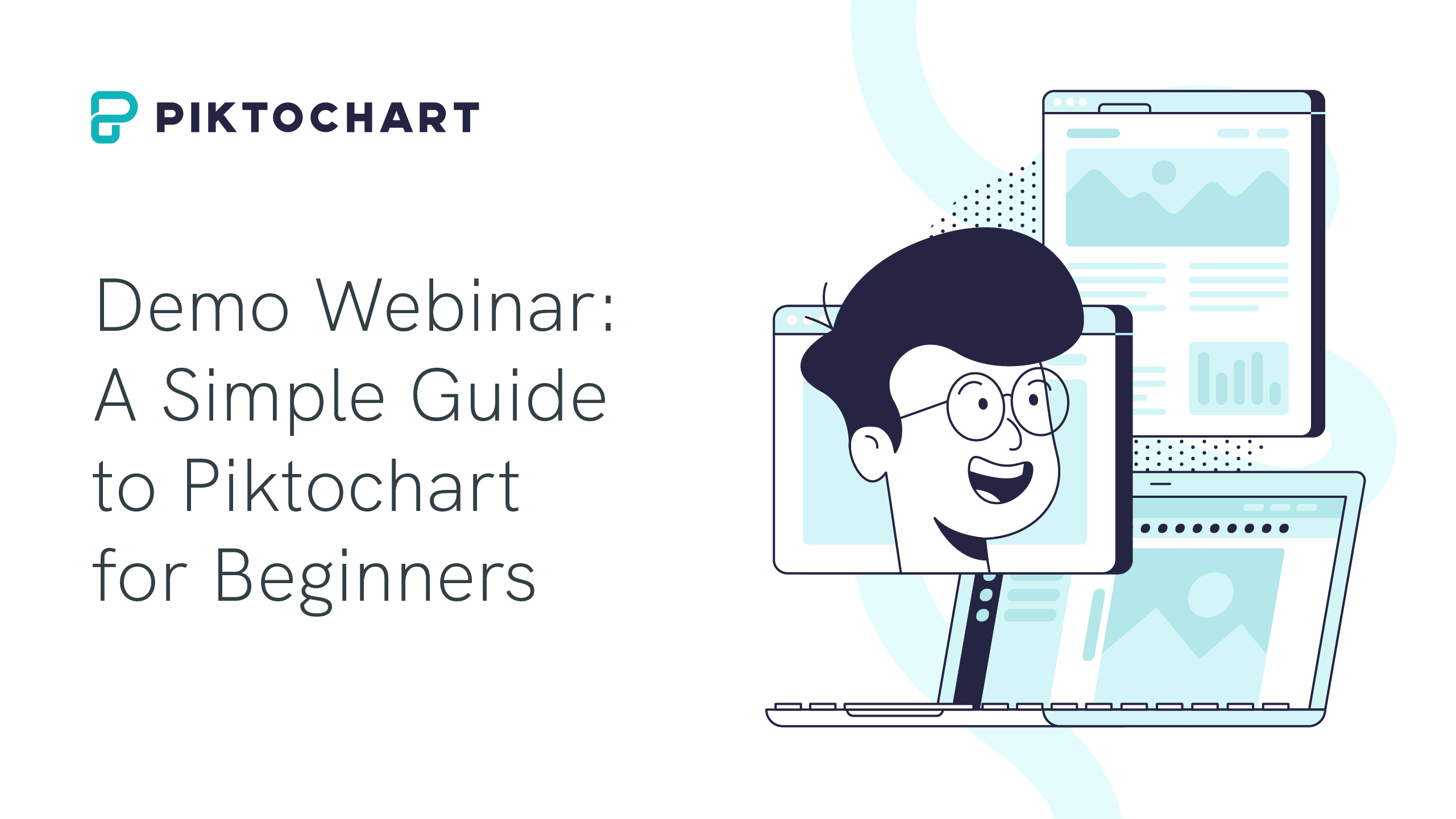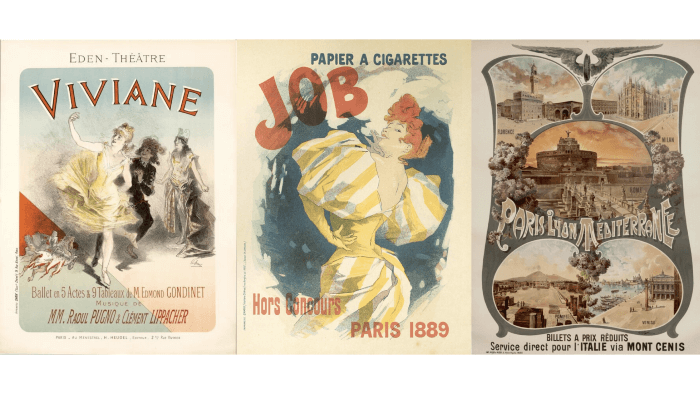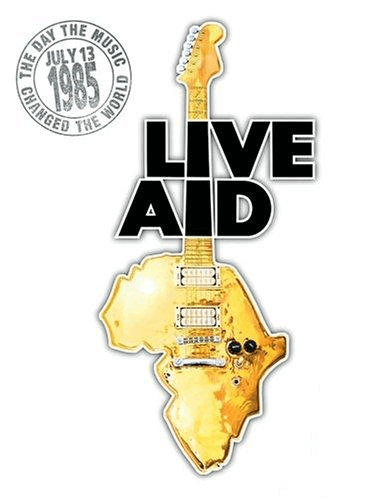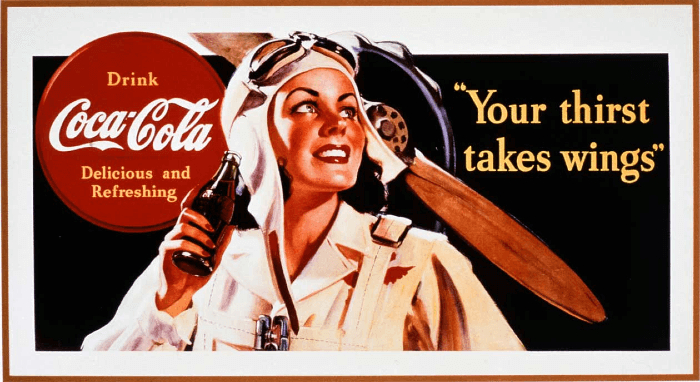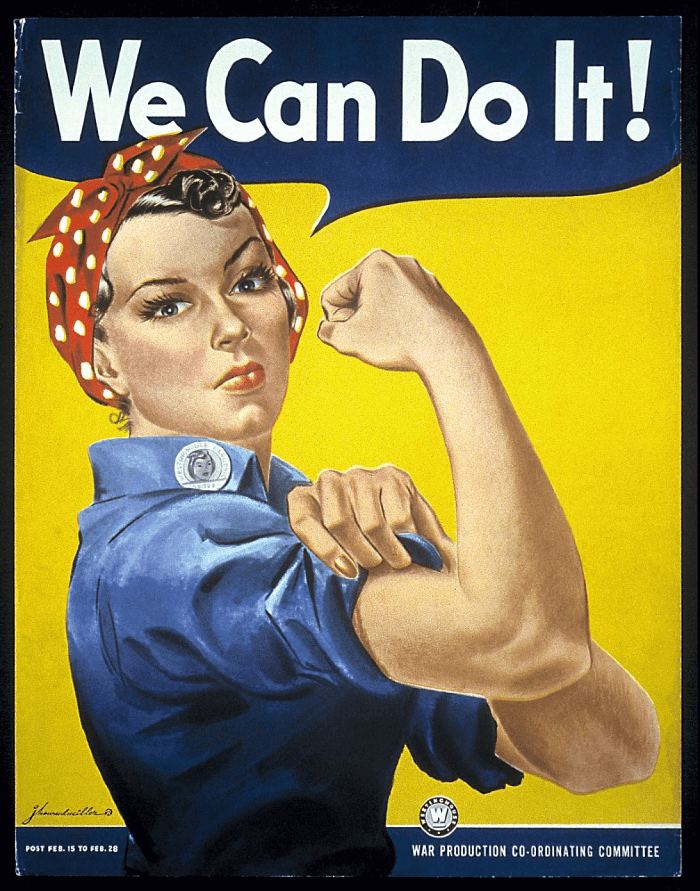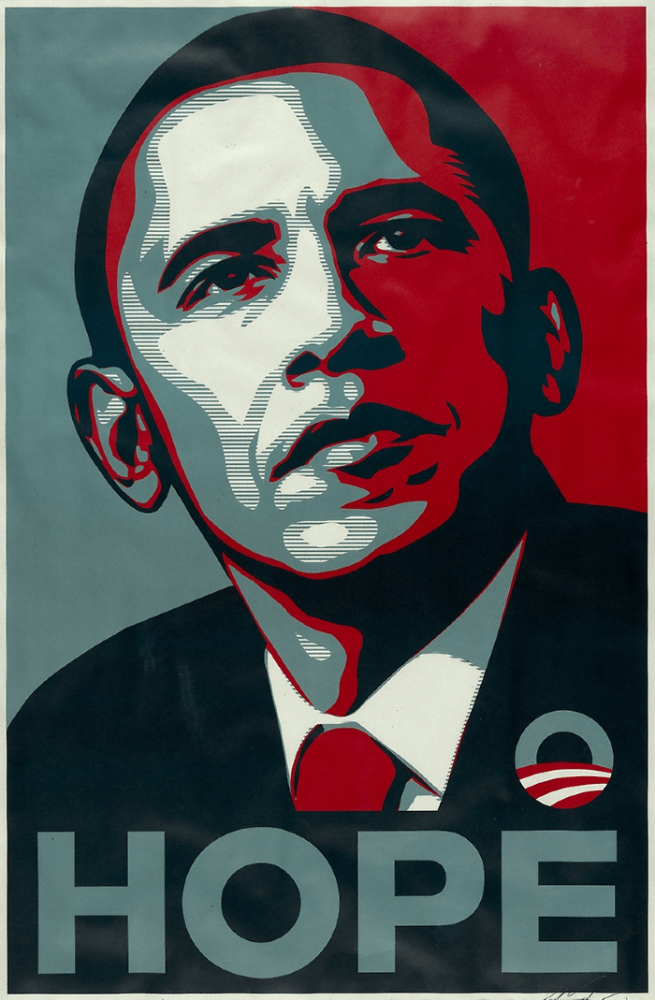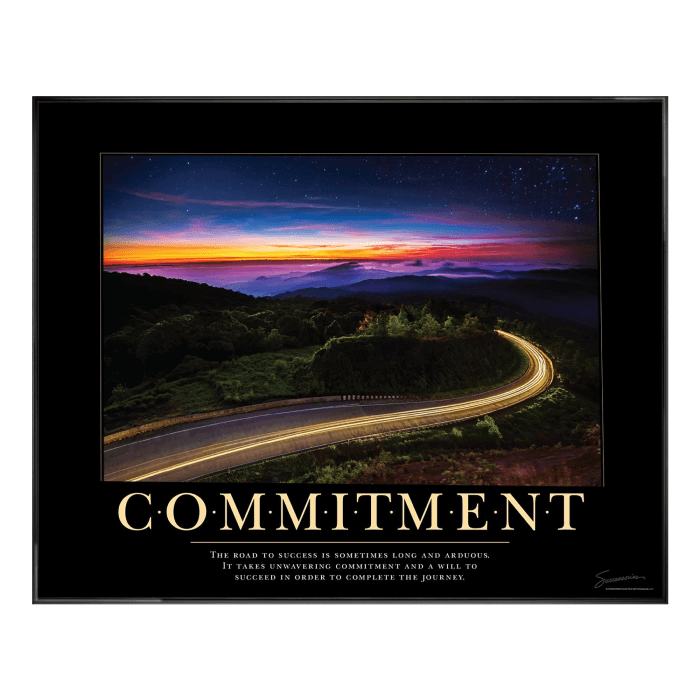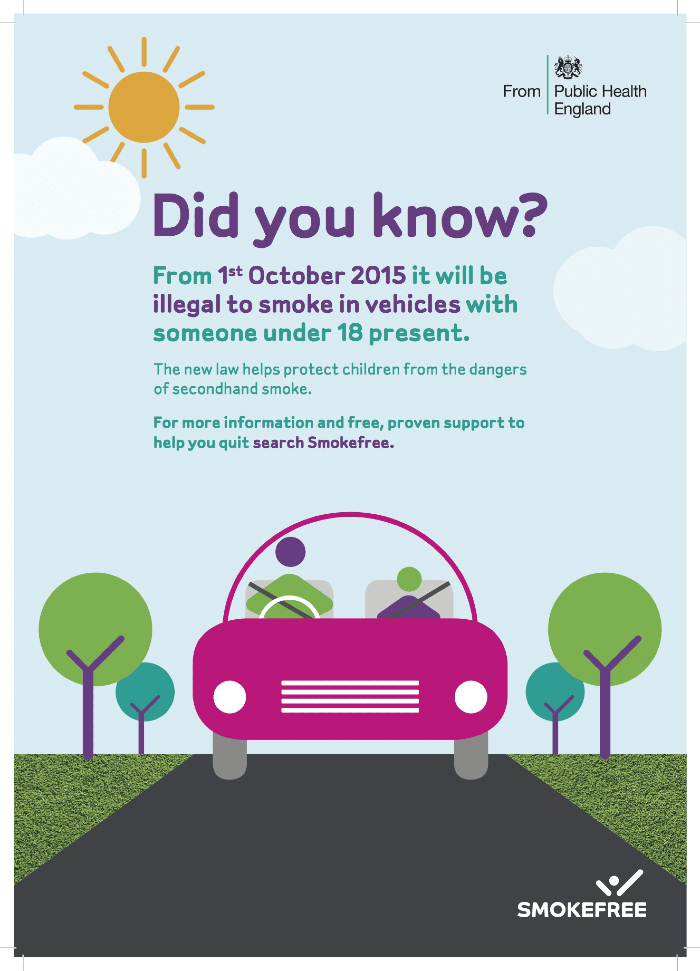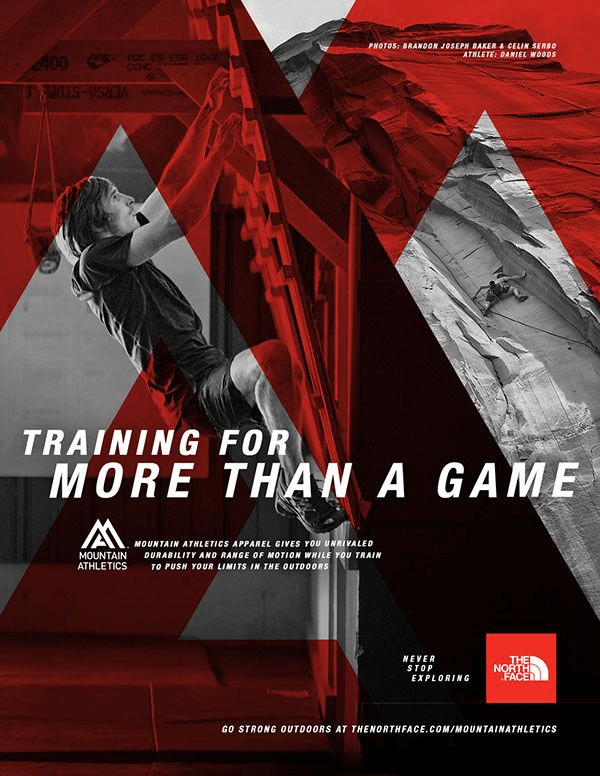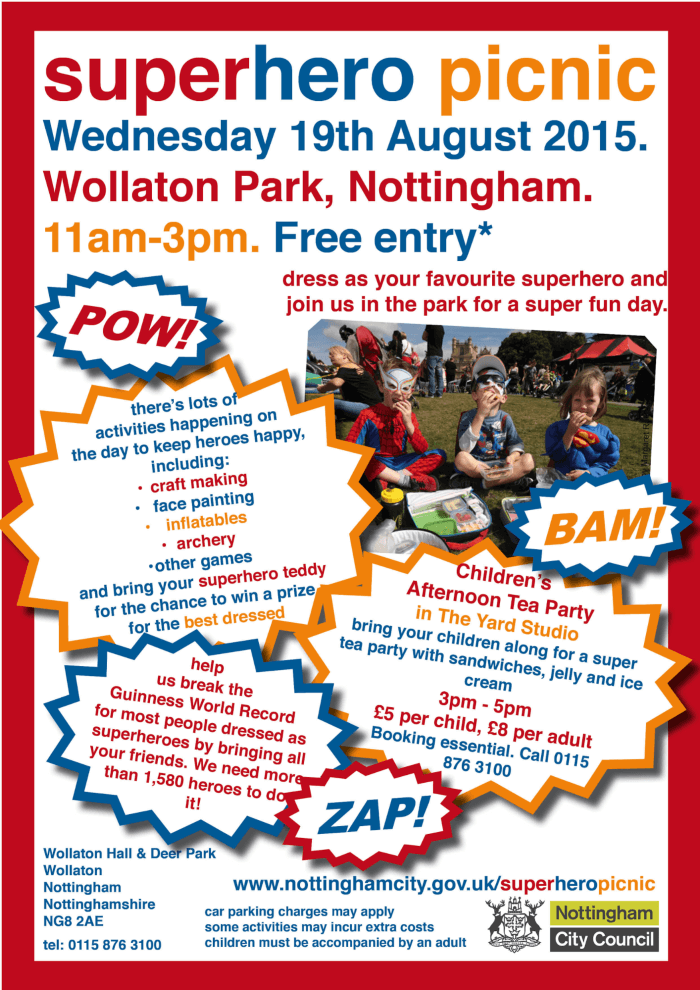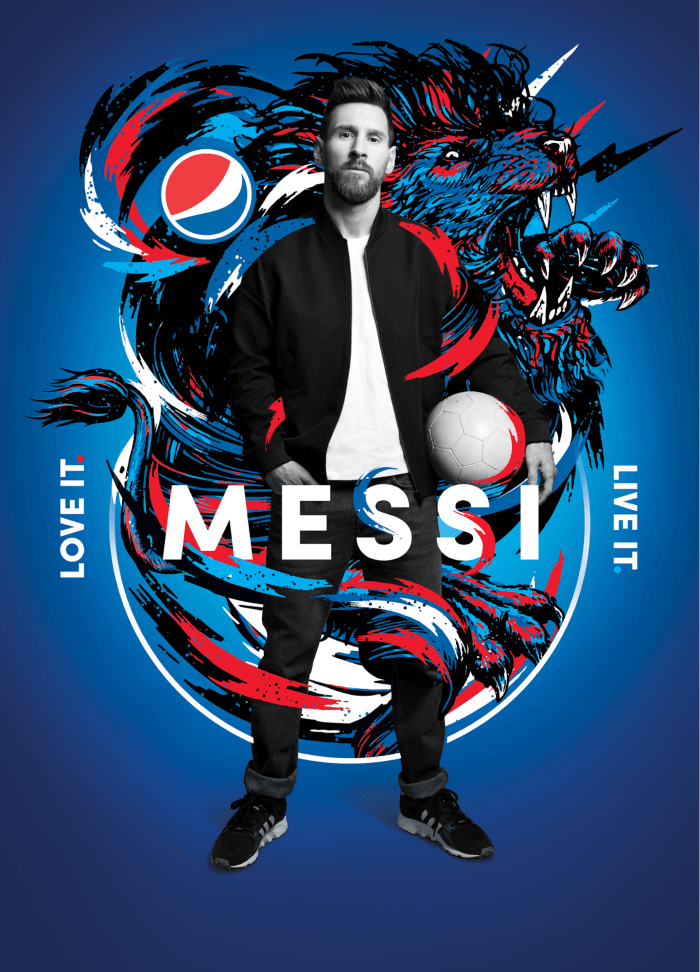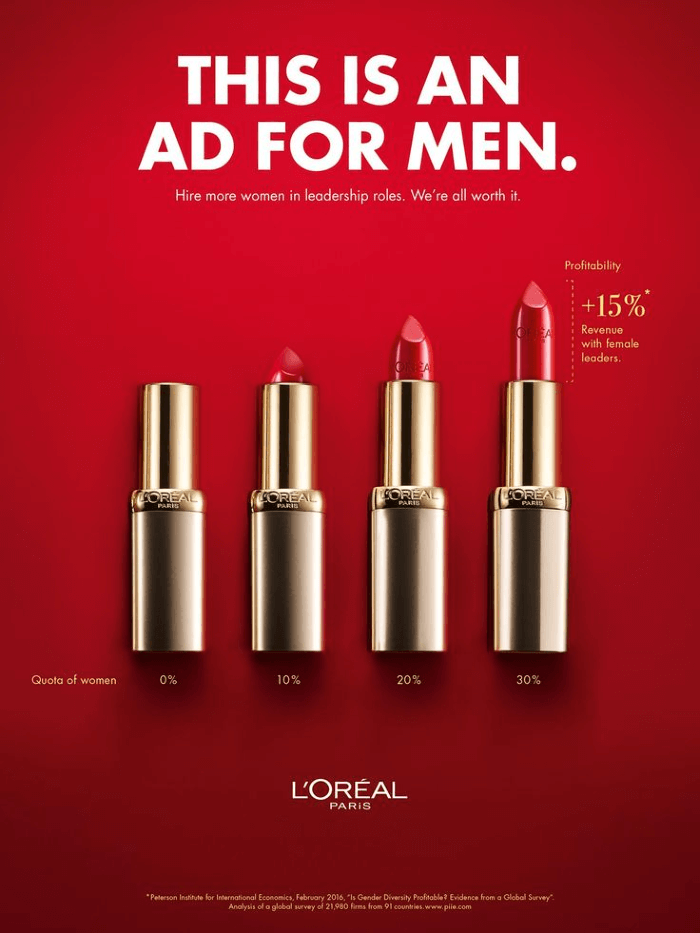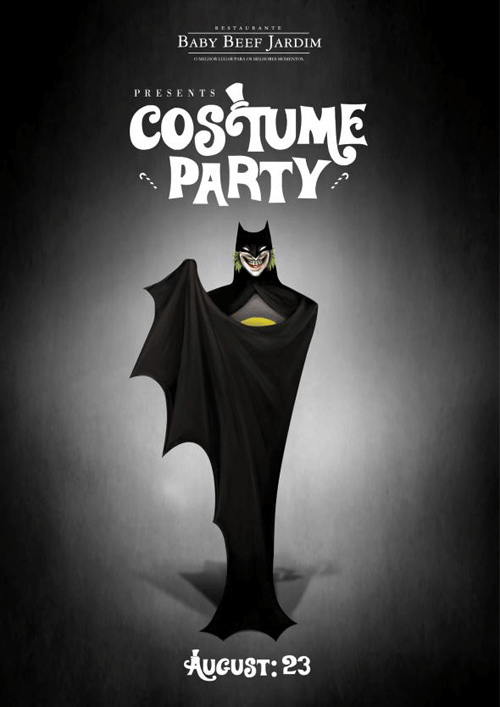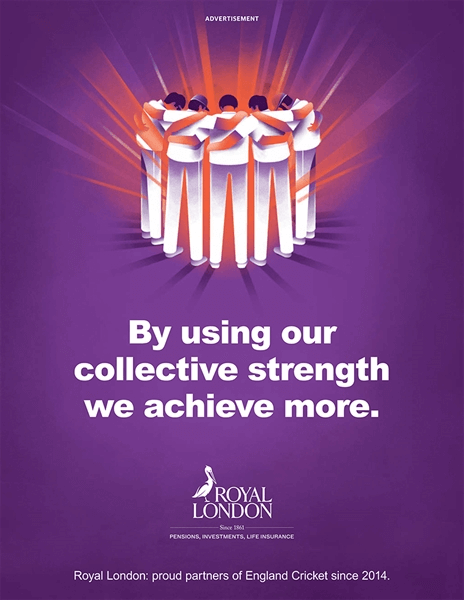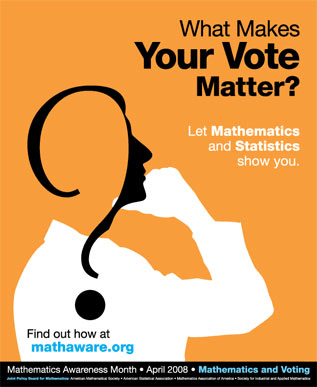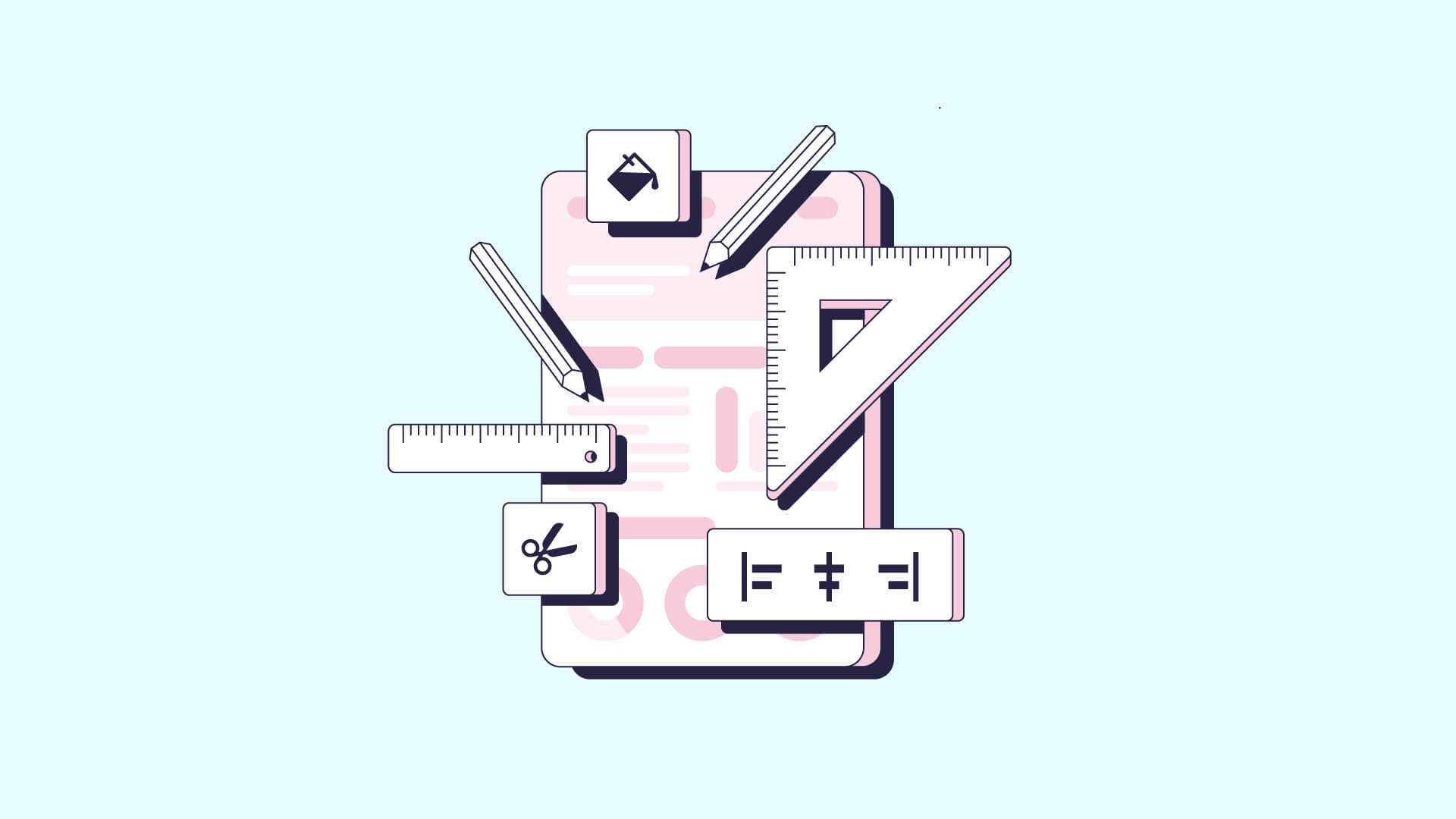Whether printed or shared in digital form, posters continue to be a massively popular media format, thanks in large part to their ability to make an impactful visual statement.
Jump right into creating an awesome poster with Piktochart by signing up for free.
The poster first emerged as an advertising medium in the late 19th century, when French painter Jules Chéret revolutionized lithography with his “three-stone lithographic process.”
This trend would usher in an era of artistic poster design, led by Cheret himself, who would go on to create more than a thousand posters throughout his illustrious 30-year career.
Over time, posters have been used to express different cultural zeitgeists.
Notable examples include the art nouveau movement in Britain and Paris in the 19th century, the Golden Age of Wartime Propaganda during World War II, the psychedelic movement of the 1960s, and the explosion of pop-culture posters adorning teenagers’ walls in modern times.
Today, posters are used for more practical applications, such as political campaigns, public-health drives, education, and safety. Below are some of the most common types of posters in use today, along with a brief description of what makes them different from each other.
Types of posters
Event posters
Even in today’s digital world, event posters continue to be a primary medium for promoting concerts, plays and musicals, fairs, sporting events, conferences, and trade shows.
Almost any type of public event is advertised with a poster of some kind, with some leaving a lasting impression on our collective memories.
Piktochart offers professional templates for conference and event posters. You could get started right away by creating a free account.
Ad posters
Ad posters have given us many of modern history’s most iconic pop-culture images.
Since the turn of the 20th century, brands like Coca-Cola, Camel, Apple, and Nike have produced posters that withstood the test of time.
Many of these ads were designed to be multi-purpose print ads, distributed through magazines, newspapers, billboards, and posters around cities.
Political posters
Some of the most famous posters are associated with major moments and conflicts in human history.
During World War I, the U.S. Army produced the “I Want You” poster depicting a commanding Uncle Sam urging the viewer to join the war effort in Europe.
In World War II, Westinghouse Electric released the “We Can Do It” poster to boost employee morale and reduce absenteeism.
In 2008, the iconic Barack Obama “Hope” poster, designed by artist Shepard Fairey, came to represent the energy and optimism surrounding the former president’s campaign.
Movie posters
Of course, no discussion about posters would be complete without movie posters.
These are perhaps the most popular and sought-after of print materials.
This is especially true for posters of classics like The Godfather, Jaws, Star Wars, Pulp Fiction, and Terminator, among many other hit films and franchises.
Create a beautiful poster, infographic, report or presentation online.
Sign up for Piktochart and make visuals easily, without having any graphic design experience.
Sign up for free
Motivational posters
Anyone who was in high school in the ‘80s and ‘90s would probably remember a motivational poster hanging in the classroom or principal’s office.
You’ve seen it before: a photograph (usually of natural landscapes, animals, and people) enclosed by a black border paired with sentiments about perseverance, hard work, and teamwork written in bold text.
Admittedly, these posters can look dated.
But there are motivational posters that come in more contemporary designs.
Travel posters
Posters are perfect for the travel industry because these make a strong visual statement.
Tourism agencies, tour companies, airports, and local governments have used travel posters since the early 20th century to encourage travel to different destinations.
Just use a dramatic image of a location, add the name of the place, toss in a CTA, and you’ve got yourself a poster that just might get people’s wanderlust going.
Educational/Informative posters
Last but least are your educational or informative posters.
These are used in the academic and corporate worlds to convey instructions, research work, interesting facts, company announcements, and more.
How to design a poster in six steps
Perhaps the biggest draw of poster media is the graphic’s ability to be eye-catching and artistic, but also leave room for text that can have a call to action.
For businesses, this could be an invitation to an event, a special promotion, or a simple announcement.
If this is your first time creating a poster from scratch, here’s a quick guide on how to get started. If you want to start right away, create a free account on Piktochart here and choose one of the available templates. You don’t need to start from scratch, just edit the elements and make the visual your own.
You can jump straight to each section by clicking on the following links:
1. Start with your foundation
The first step to making a poster is to put a few things on paper.
Every successful design piece begins with the pre-design process.
This is where you and your team hash out specifics like the design’s goal/objectives, who it’s for, and what you wish to accomplish with it.
It seems like a small thing.
But remember, a poster must communicate a message, which must come from a carefully planned concept and idea.
Here’s what you need to do at this stage.
Identify your brand image and personality
For brands and companies, any poster you create will automatically be a reflection of your organization and what it stands for.
As such, it’s important for the design to stay true to your brand’s image and personality.
This can be a problem if you’re not sure what your brand is.
How do you want people to see you? What values do you stand for?
If you can’t answer these questions, your designs will feel all over the place and lack any sort of cohesion.
Here’s an example of a poster from The North Face that stays true to the company’s image and personality of toughness and outdoor adventure.
Identify your poster’s audience
If you don’t know who you’re designing for, your design won’t have the impact you expect.
Worse, the finished product may end up feeling inauthentic and irrelevant.
Before you start designing, take a moment to define your ideal viewer:
- Who is my target viewer?
- Why would that person be interested in my poster?
- What kind of content would they most likely respond to?
- What are their needs, challenges, and pain points?
- What can my brand/company/business do for them?
These questions will help you have a better understanding of your poster’s audience, allowing you to make logical design decisions.
Define your poster’s message
A picture, as they say, is worth a thousand words. It’s a cliché, but it became one for a reason. Your design doesn’t need a lot of text to say something.
It does, however, need to have a specific message, which you can then refer to for all of your design decisions.
For example, if you want to promote an upcoming fun run, you’d want your design to communicate a sense of energy and movement.
That could mean using excited and encouraging language, as well as bright colors.
Using brooding copy and monochromatic visuals would feel inconsistent with the activity, right?
2. Draft an outline
You need to create an outline to ensure any information you’re presenting is clear, clean, and concise.
It may seem like a good idea to place as much information as you can on the poster. In the case of an event, the details would include:
- Title
- Event date
- Complete details on ticket pricing, including early-bird discounts
- Event rules
- Parking locations
However, less is often more when it comes to posters.
The more information your poster has, the higher the risk that it will confuse and overwhelm the reader.
Here’s an example of a poster that tries to do too much at once.
To minimize confusion, go back to the objectives of your poster.
If it’s an event poster, it should, at the very least, have the following information:
- The headline or name of the event
- Pertinent details (i.e., the what, when, where, and how of the event)
3. Choose your color mix
Your design’s color scheme is probably the first thing your audience will notice about your poster (especially from afar), so it’s important to get it right.
Color selection might be one of the most basic principles of visual design, but it can take time to figure out if you’re someone who’s unfamiliar with color theory.
60-30-10 color rule
One technique we recommend using is the 60-30-10 color rule.
Basically, you want to pick a shade of a primary color: red, blue, or yellow. Next, pick two complementary colors.
Use a tool like Adobe Color to choose colors that match your primary color.
Your primary color should take up 60 percent of your poster design, while the two other colors can take the remaining 30 and 10 percent.
You can always add one or two more colors, but the point of this color rule is to follow a hierarchy in your design.
Here’s an example of a poster using this rule.
For a more in-depth guide to choosing color schemes, be sure to check out our guide: “Choosing The Color Palette, Part 2: Tools For Pairing Colors.”
4. Add your images
Dramatic and relevant photographs have been a staple of poster design for decades.
The right image can give your design a huge boost in visual appeal. In fact, your image can convey much more than regular text ever will.
If you’ve already identified your brand image and personality, choosing an appropriate photograph for your poster should come easy. Here are two things to keep in mind at this stage.
- For starters, you want an image that’s actually relevant to your message and poster objectives.
- Use a photograph that can facilitate a balance between your text and image. Look for images with a focal point, which you can then surround with text and other visual elements.

5. Add your copy
Now it’s time to take your headline and details from your outline and insert them into your poster.
There are two things you’ll need to deal with at this stage to ensure your text elements jive with your images and other graphic elements.
Typography
The fonts you choose will also have a significant effect on your poster’s mood and message.
For example, if your poster content has something to do with a modern theme or concept, consider sticking with a clean sans serif typeface.
If you have a more serious poster design in mind or want to communicate class or a sense of whimsy, a serif typeface should do the trick.
You can also experiment with decorative typefaces, which allow your headlines to grab the reader’s attention.
One thing to remember with typefaces, however, is to avoid combining more than two different typefaces or four type variations (i.e., type size, and bold or italic style).
When in doubt, stick to a sans serif font and serif font combination, or a decorative font for your poster headline and sans serif fonts for all other text.
For a more in-depth guide to typefaces, read our guide: “Typography II: 4 Things You Need To Know To Pair Fonts Well.”
Text layout
The way your text is laid out on your poster is just as important as your typefaces.
The rule to remember here is visual hierarchy.
You want to use the size and position of your text elements to tell the reader where to look, like your headline and call to action.
This can be a complicated topic, so be sure to refer to our guide on creating a visual hierarchy with fonts.
6. Make sure your CTA is easy to spot
If your poster has a call to action, make sure it’s clear and visible to the reader.
The whole point of a CTA is to get people to take action, so it only makes sense to draw people’s attention to it, but not so much that it overshadows your headline.
Check out this example below.
Start designing your own poster today
This guide only scratches the surface of the poster-design process.
However, it should equip you with everything you need to design and print (if you want) a killer poster.
Additionally, our free online course helps you to learn how to communicate effectively with visual storytelling.
To recap, here are the steps you should remember.
- Build your foundation
- Draft an outline
- Choose your color scheme
- Add your images
- Add your copy and graphics
- Make sure your CTA stands out
When you’re ready to get started, sign up on Piktochart to customize our large collection of poster templates.
Better yet, you can create a design from scratch using our intuitive design tool.
Create professional visuals without any graphic design experience.
Watch this demo to learn how to make posters, infographics, flyers, reports, and presentations using Piktochart.
Watch the demo